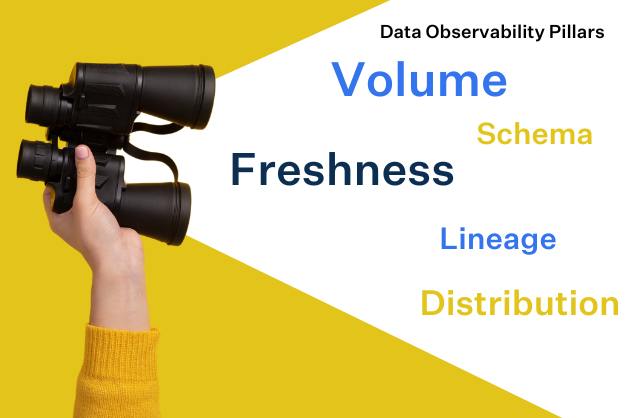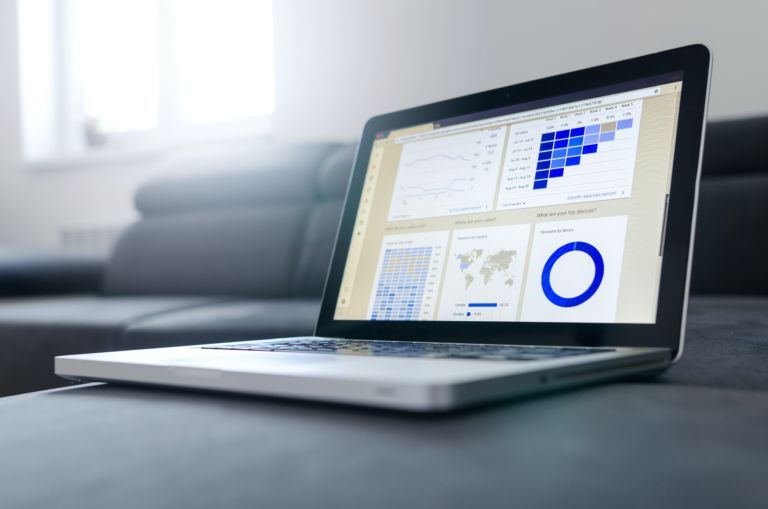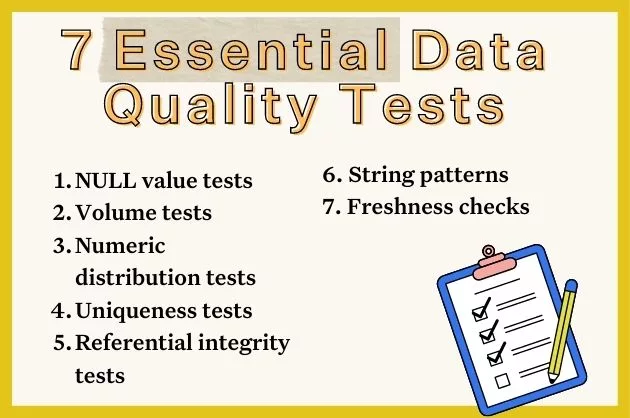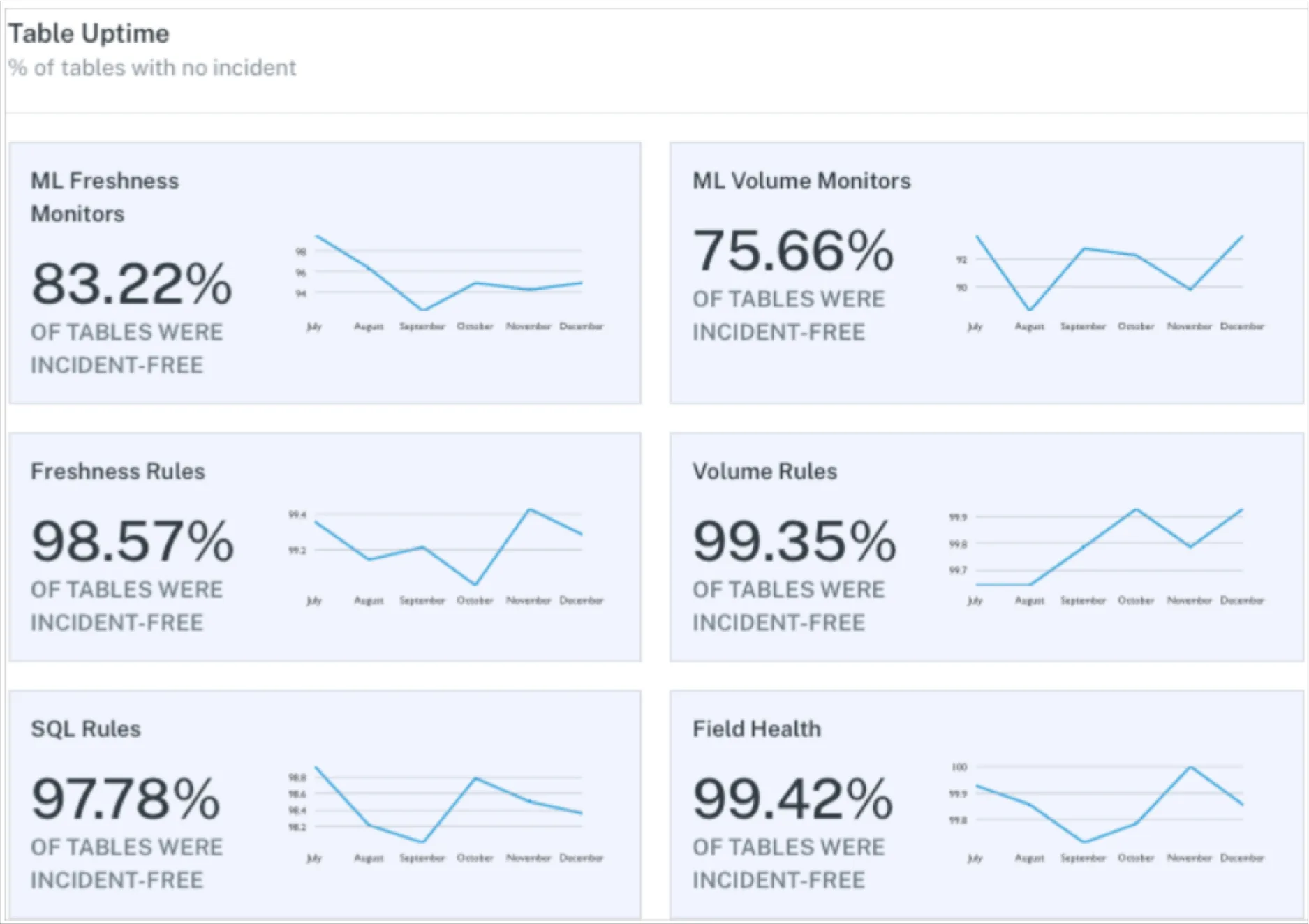Data Traceability 101: Benefits, Challenges, and Implementation

Ever look at a dashboard and wonder “How exactly did these numbers get here?”
Yeah, you’re not the only one to think that. How quick and easy it is to come to an answer depends on how traceable the data is.
Data traceability is the process of tracking data’s flow, transformations, and uses from its creation to its final destination.
I’ll walk you through why data traceability is so important and how you can do it.
Table of Contents
Data Traceability Serves 3 Purposes
The ultimate aim of traceability is to better understand the data. “Nothing can be believed unless it’s first understood,” wrote the 12th century French philosopher Peter Abelard.
Why is this important? Because it’s central to three big things: ensuring data quality, governance, and compliance.
Data Quality: Trust but Verify
You wouldn’t drive a car with unreliable brakes, and you shouldn’t trust data that hasn’t been through a quality check. Data traceability helps audit how this data has been handled, which is the first step in making sure it’s accurate, reliable, and up to date. Traceability lets you see who did what to the data and when they did it. This kind of transparency builds trust, leading to better decision-making since everyone can verify that the data hasn’t been tampered with or mishandled.
Governance: Keeping Data in Check
Governance isn’t just about preventing unauthorized access; it’s about keeping a firm grip on how sensitive data moves through its lifecycle. Data traceability makes sure that when something goes wrong, be it a major data breach or just a simple miscalculation, you can quickly track where things went wrong.
Compliance: Navigating all of the Regulations
There is a whole alphabet soup of regulations-GDPR, HIPAA, CCPA-that you have to pay attention to unless you want to face fines or worse. With clear data provenance from traceability, a company can easily prove they’re in compliance.
Data Lineage vs. Data Traceability: What’s the Difference?
The terms data lineage and data traceability often get thrown around like they’re the same thing, and for the most part, they are—except some small details where they’re not.
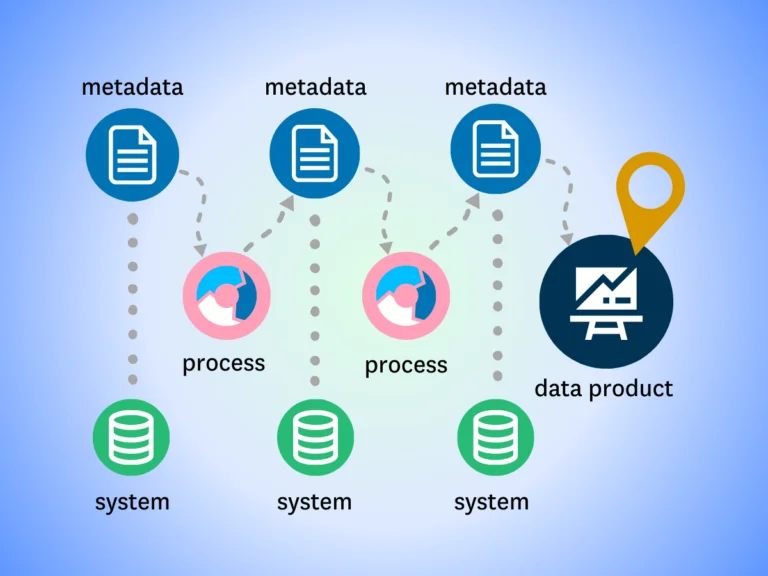
Data lineage gives a very detailed view into the data’s journey, showing the minitua of every transformation. Meanwhile, data traceability gives a higher-level overview into specific changes to individual data points, perfect for audits by non-technical users.
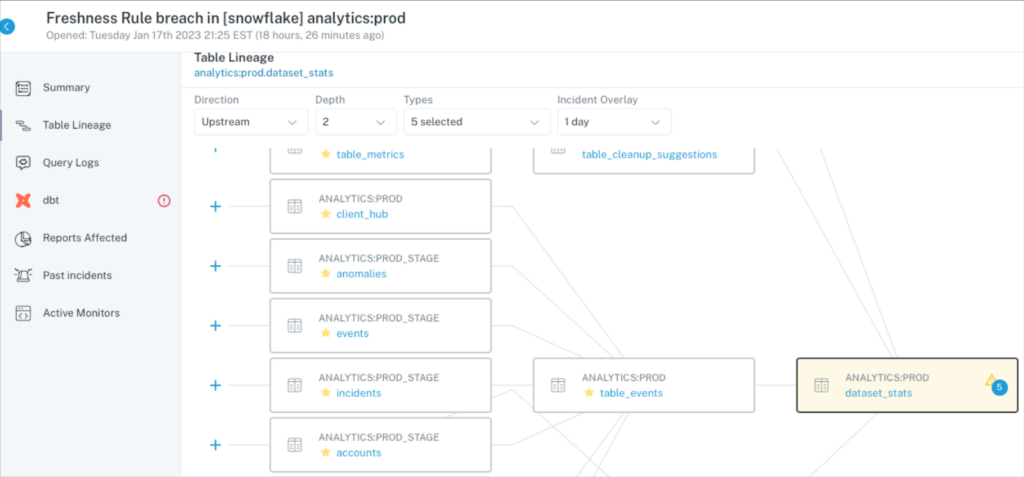
Implementing Data Traceability
Now, how do you actually get this done? Implementing data traceability means you need to embed metadata at every key point of data’s journey. It’s about monitoring where your data originates, how it’s transformed, and who touches it along the way.
Here’s what it looks like:
- Track the Origin: Whether it’s pulled from internal databases, external APIs, or third-party sources, you need to know where the data came from.
- Monitor Transformations: Then, you need to keep tabs on how the data changed through aggregations and transformations.
- Follow the Data: And you also need to track how it moved across environments—be it on-premises, cloud, or hybrid setups.
- Log Access and Usage: Finally, you need to add information on who is accessing and using the data and how it’s being consumed in dashboards, reports, and analytics.
Realistically, this process has to be automated. Even better, it should be implemented as part of a larger data governance or observability framework to save the hassle and to make sure everything is consistent.
Benefits of Data Traceability
And what do you gain from all this?
- Accountability: You can see exactly where data comes from and how it changes, making it easier to assign responsibility when something goes wrong.
- Root Cause Analysis: When an issue pops up, you can trace back through the data lifecycle and quickly pinpoint the problem, reducing downtime.
- Consistent Data Quality: By capturing every modification and movement, you make sure your data maintains consistent quality across all your systems.
- Simplified Compliance: Audits and reporting becomes easier with transparent traceability records.
Possible Data Traceability Challenges
Of course, it’s not all smooth sailing. Like any process, data traceability comes with its own set of challenges:
- Data Silos: In large organizations, data often lives in disconnected systems, making it hard to trace.
- High Velocity: Tracking massive amounts of fast-moving data can be difficult if that data is constantly flowing.
- Manual Processes: There will eventually be some sort of manual edit to your data, it probably won’t be tracked, and it likely will be one of the most important changes.
Tracing Data with Monte Carlo
But how can you best deal with these challenges? With a data observability platform like Monte Carlo that takes traceability to the next level.
With Monte Carlo, you get real-time data monitoring, automated lineage tracking, and a proactive approach to catching data issues before they become business problems.
Want to learn more? Talk to our team!
Our promise: we will show you the product.
 Product demo.
Product demo.  What is data observability?
What is data observability?  What is a data mesh--and how not to mesh it up
What is a data mesh--and how not to mesh it up  The ULTIMATE Guide To Data Lineage
The ULTIMATE Guide To Data Lineage 

